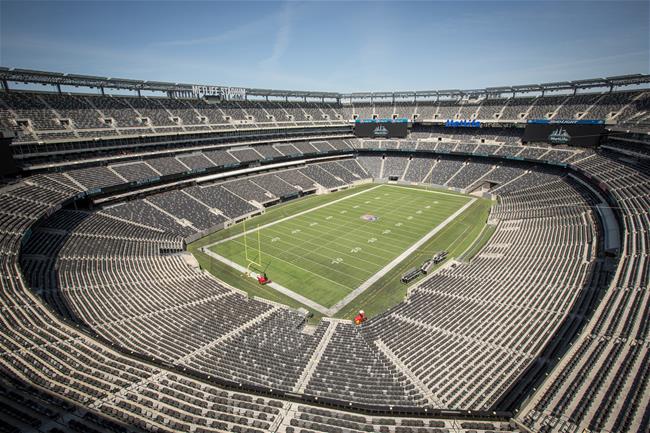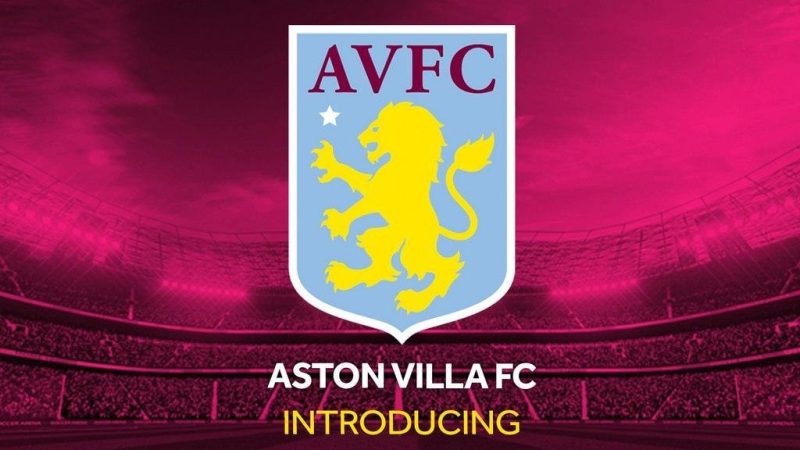
new york new jersey stadium
The New York New Jersey Stadium is not just a venue; it’s a cultural touchstone, a pulsating hub of sports, entertainment, and community spirit nestled in the heart of one of the most vibrant regions in the United States. This state-of-the-art facility serves as the home for professional teams, concerts, and various events that draw millions of fans from both states and beyond. With its modern architecture, advanced amenities, and rich historical context, the stadium stands as a testament to what it means to celebrate sport in America.
While the New York New Jersey Stadium embraces its identity as a premier sports facility, it also acts as a bridge connecting diverse cultures and communities. Its positioning near the Hudson River allows for breathtaking views of the Manhattan skyline, and this phenomenon adds to the allure of attending an event at the stadium. Through this blog post, we will explore the multifaceted aspects of the New York New Jersey Stadium, diving into its history, design, events, and impact on the local community and economy.
History of the New York New Jersey Stadium
Understanding the past is essential for appreciating the present, and the history behind the New York New Jersey Stadium is rich and complex BK8.
The Conceptualization and Development
The idea for the New York New Jersey Stadium took shape during the late 1990s as sports franchises in both New York and New Jersey sought a modern venue to host events. The decision-makers recognized the growing need for a multi-purpose facility that could cater to the evolving landscape of sports and entertainment.
The collaboration between New York and New Jersey was crucial as it allowed for shared resources and financial backing. The ambitious plans included not only the construction of the stadium but also the development of surrounding infrastructure—aiming to create a comprehensive entertainment district.
The design process involved top architects who envisioned a cutting-edge stadium that would be adaptable for various types of events, including football games, concerts, and even large-scale festivals. After years of planning and collaboration, groundbreaking finally occurred, paving the way for what would become a monumental addition to the New York metropolitan area.
Architectural Features and Design Elements
When one steps into the New York New Jersey Stadium, they are greeted by an impressive architectural feat that seamlessly integrates functionality with aesthetic appeal. The stadium features a modern design characterized by its sweeping lines, expansive seating areas, and high-definition video boards that enhance the spectator experience.
The exterior of the stadium is clad in materials that reflect the urban environment, while the interior spaces are designed to maximize comfort and accessibility. Thoughtful elements like ample walkways, spacious concourses, and multiple entry points make navigating through the stadium a breeze.
Incorporating sustainable practices, the stadium has adopted energy-efficient systems and green technologies, allowing it to reduce its carbon footprint significantly. This commitment to sustainability resonates strongly with today’s eco-conscious audiences, emphasizing that enjoyment can go hand-in-hand with responsibility.
A Timeline of Major Events
Since its opening, the New York New Jersey Stadium has played host to numerous memorable sporting events, concerts, and festivals, solidifying its reputation as a leading entertainment destination. From thrilling NFL games to unforgettable performances by international music stars, each event has added layers to the stadium’s legacy.
One of the highlights includes hosting the Super Bowl, which brought together fans from across the nation and showcased the region’s capacity for handling large-scale events. Such milestones have further enhanced the stadium’s national profile, making it a must-visit location for tourists and locals alike.

